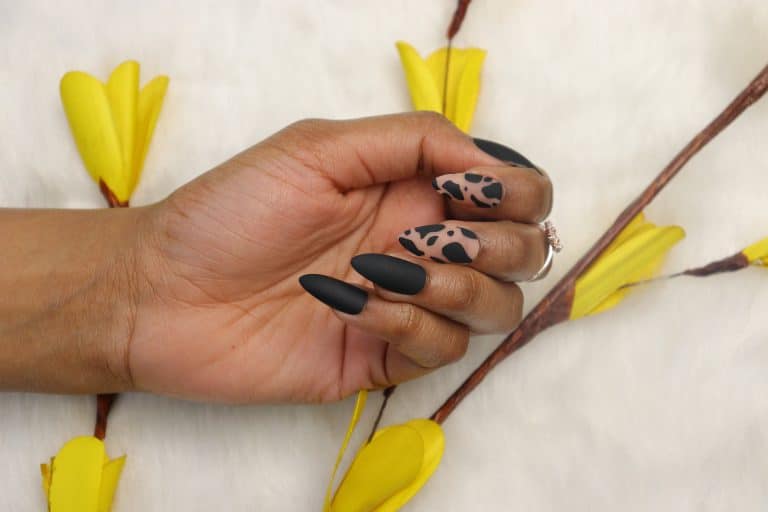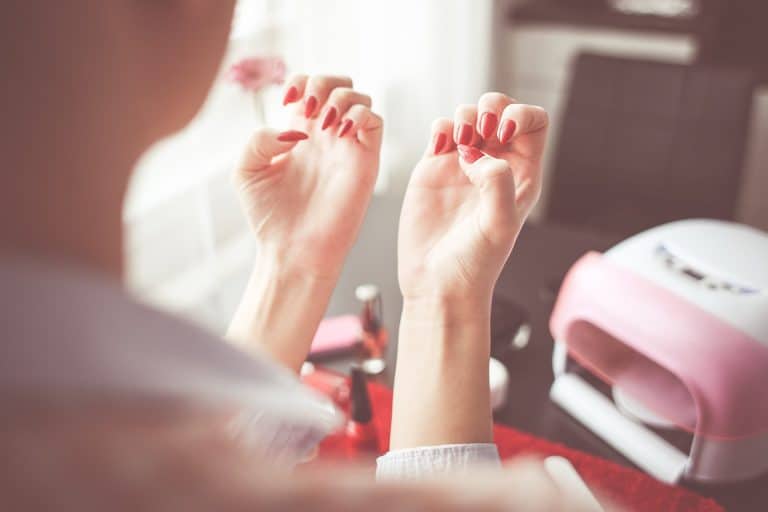4 quick steps to treating cracked heels

Cracked heels are an unpleasant nuisance that can annoy you during the sandal season but have no further negative consequences… right? Unfortunately, it’s not only about the visual effect. If they go deep enough, cracked heels can cause severe discomfort, especially when walking barefoot, and in the worst-case scenario can even get infected. This is why it is best to treat this condition as soon as it occurs, not letting the cracks deepen and expand. Let us present you with a quick 4-step guide on how to remedy cracked heels at home!
Table of Contents
Step 1: Moisturise your heels as often as possible
In order to bring your poor heels back to life, you need to give them all the moisture they need. You can find dedicated foot balms in pharmacies that contain ingredients such as salicylic acid, urea and alpha-hydroxy acids that do not only nourish but also exfoliate your feet, leaving them smooth to touch.
When it comes to choosing the right moisturizing agent you need to consider your skin condition, personal preferences and climate you are living in. Emollients go deep into the skin and reduce water loss, effectively filling the gaps between the flakes, while humectants penetrate the outer skin layer and attract water from the air. In general, emollients may be better for sensitive skin types and dry conditions – however, no matter your choice, it’s best to follow the balm with the second step, which is…
Step 2: Cover the heel area with an occlusive moisturizer
An occlusive moisturizer seals the moisture in, allowing the balm to work to its full capacity. The easiest solution here is to simply use petroleum jelly – but you can also go for solutions that contain lanolin, mineral oils and silicons.
Once the previous coating is absorbed, make sure to apply a ton of an occlusive moisturizer of your choice and put on socks made from 100% cotton. They are not an absolute necessity but make the whole process much more comfortable – occlusives tend to be messy, as they are very thick and greasy, so if you do not want them everywhere on your floors and linen, it’s best to cover your feet with comfy socks!
Step 3: Gently exfoliate with a pumice stone
Pumice stone is that curious thing that is formed when lava and water mix together. It’s very lightweight but has great exfoliating properties due to its texture.
What’s very important when using a pumice stone to treat your cracked heels is that you need to be very gentle. And we mean it – it’s very easy to worsen the situation by putting too much pressure and actually hurting your poor feet instead of getting rid of the dead skin. If you have diabetes or neuropathy skip this step altogether and talk with your dermatologist or podiatrist first.
Before you even touch your heels with a pumice stone, soak them in warm water for 5-10 minutes and then pat them with a soft towel. What’s more, soak the piece of pumice in question as well – never use it dry! It should glide across your skin smoothly, with no scraping and cutting involved. A pumice stone exfoliation should never cause pain, discomfort or draw blood! Rub the stone gently over your heels in a circular motion for about 2-3 minutes. Stop immediately if any discomfort occurs! Rinse your skin to see the result – if you can still see some dry patches but there is no soreness, you can continue for a minute or two more. After that, rinse your feet with warm water – and don’t forget to rinse the pumice stone as well!
Step 4: Protect the heel area while it heals
Lastly – try to wear closed shoes and socks as often as possible while your heels heal. Yes, it may be difficult during the sandal season, but will definitely speed up the healing process. If you cannot do it outside, at least protect your feet when you are at home! Stay hydrated (it always helps with skin dryness) and if you notice that regardless of your efforts your heel area is still cracked, do not hesitate to contact a podiatrist. Remember that you can always count on Booksy to find the best specialists around you – if you are in need of a great podiatrist in your area, just use our app or visit Booksy.com!





